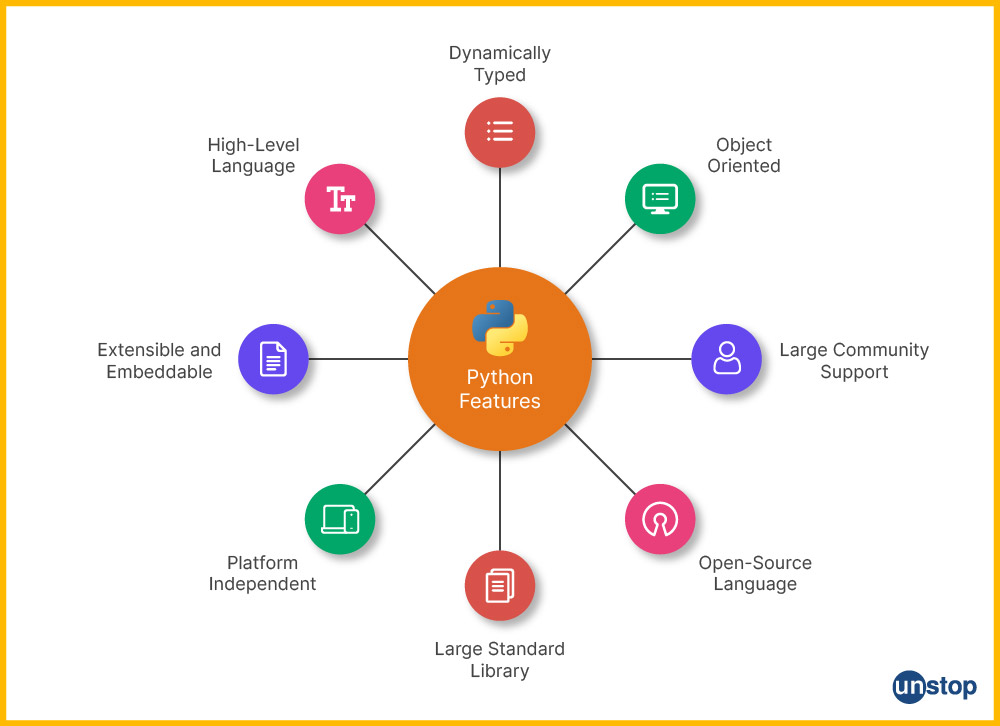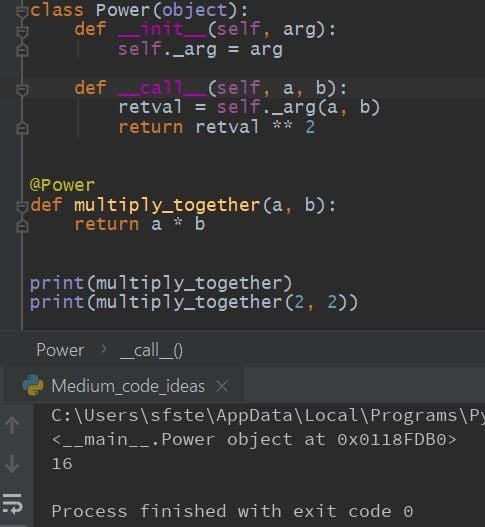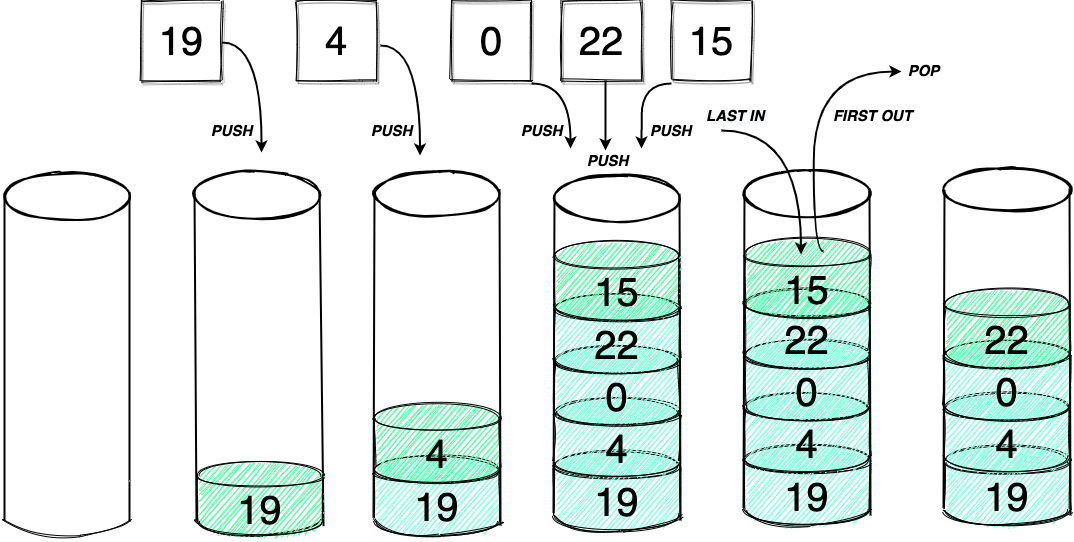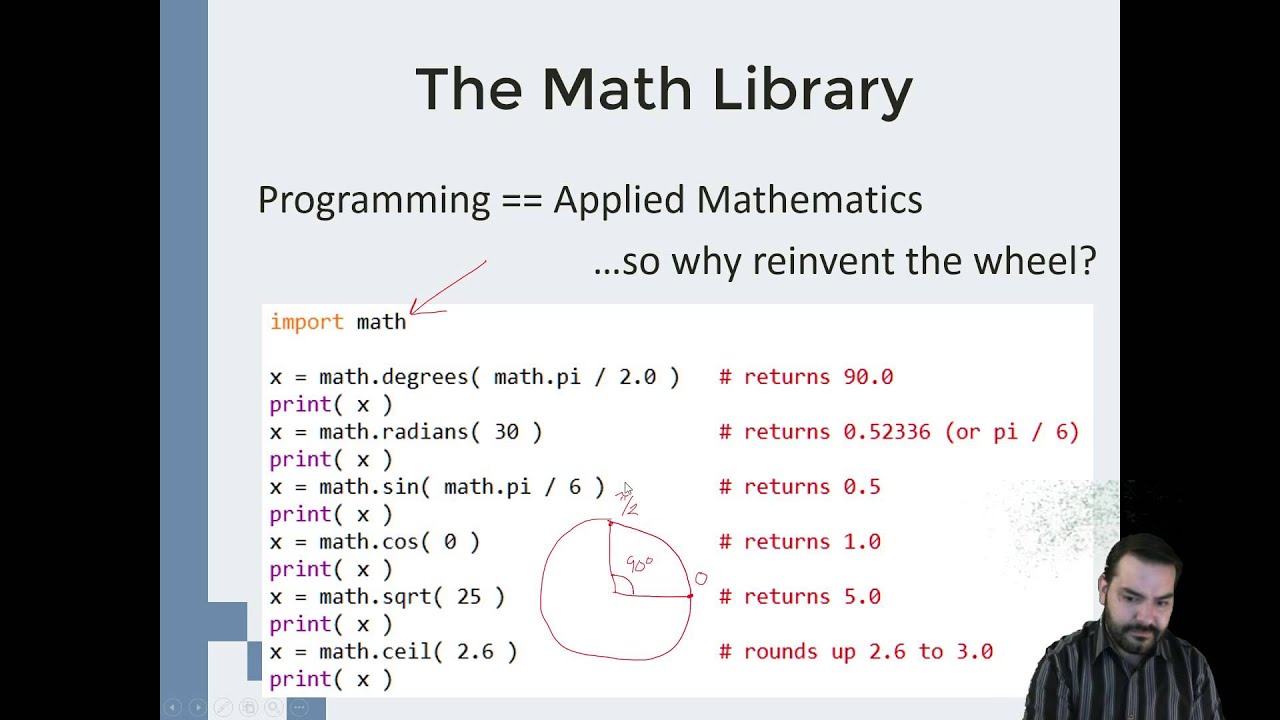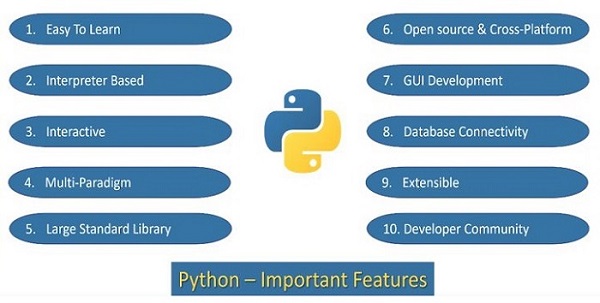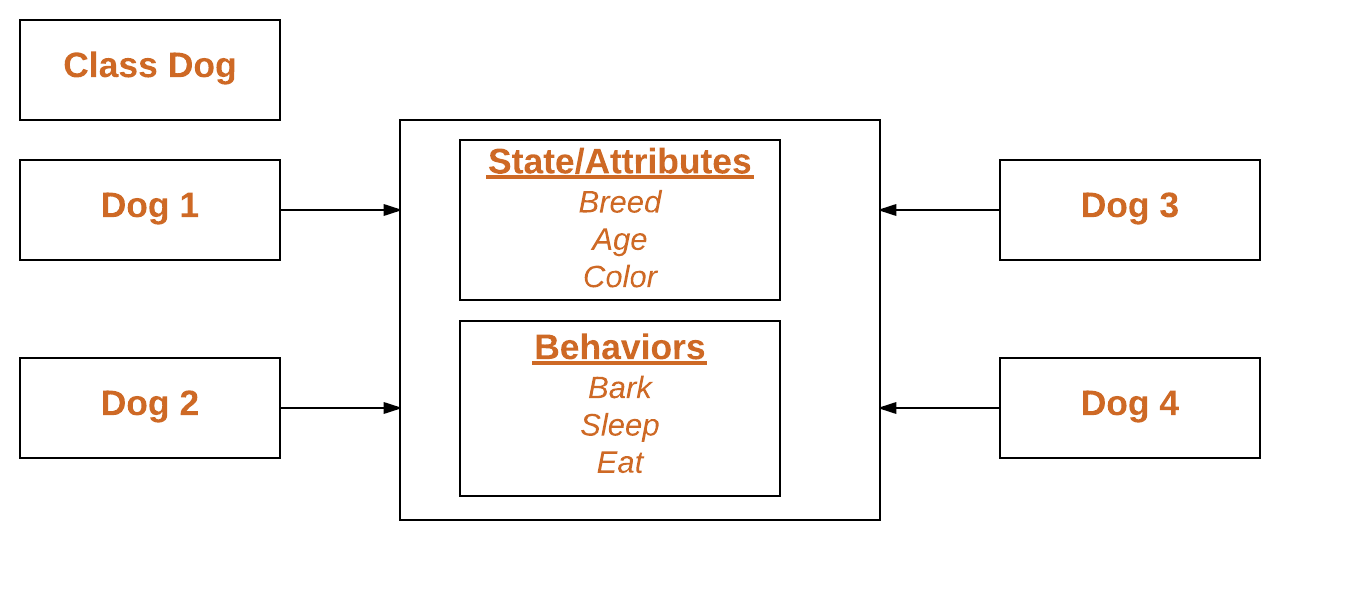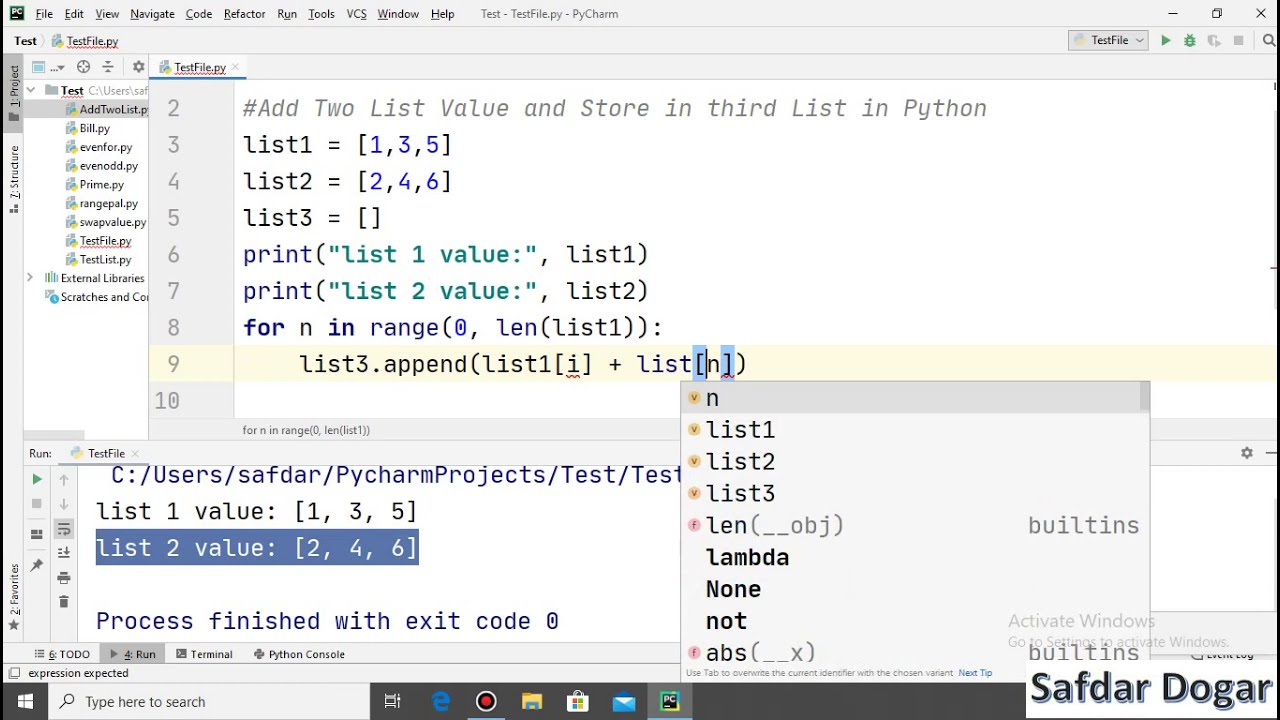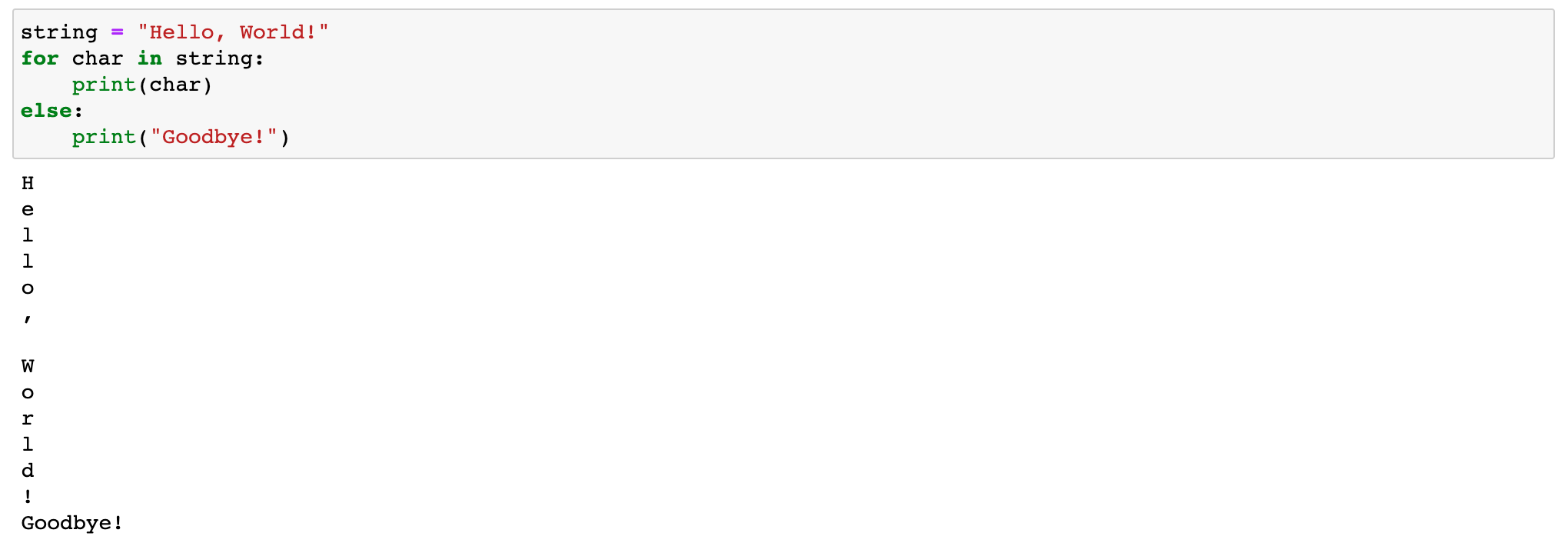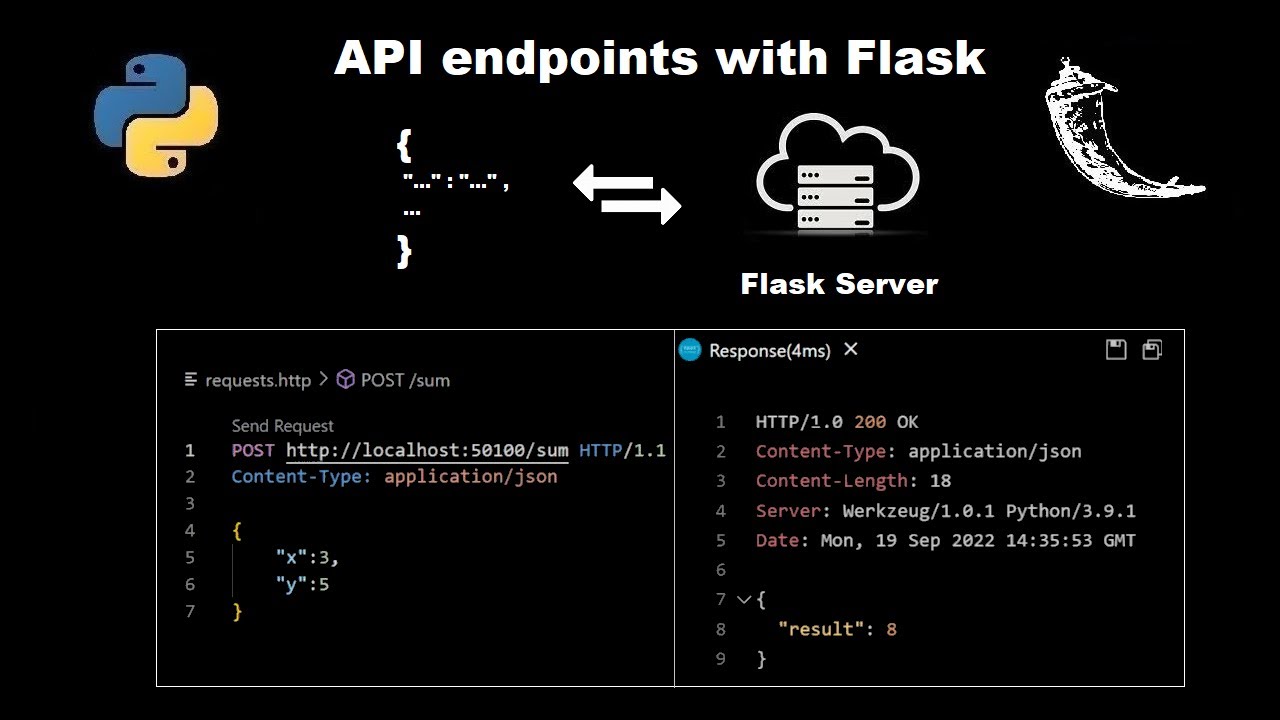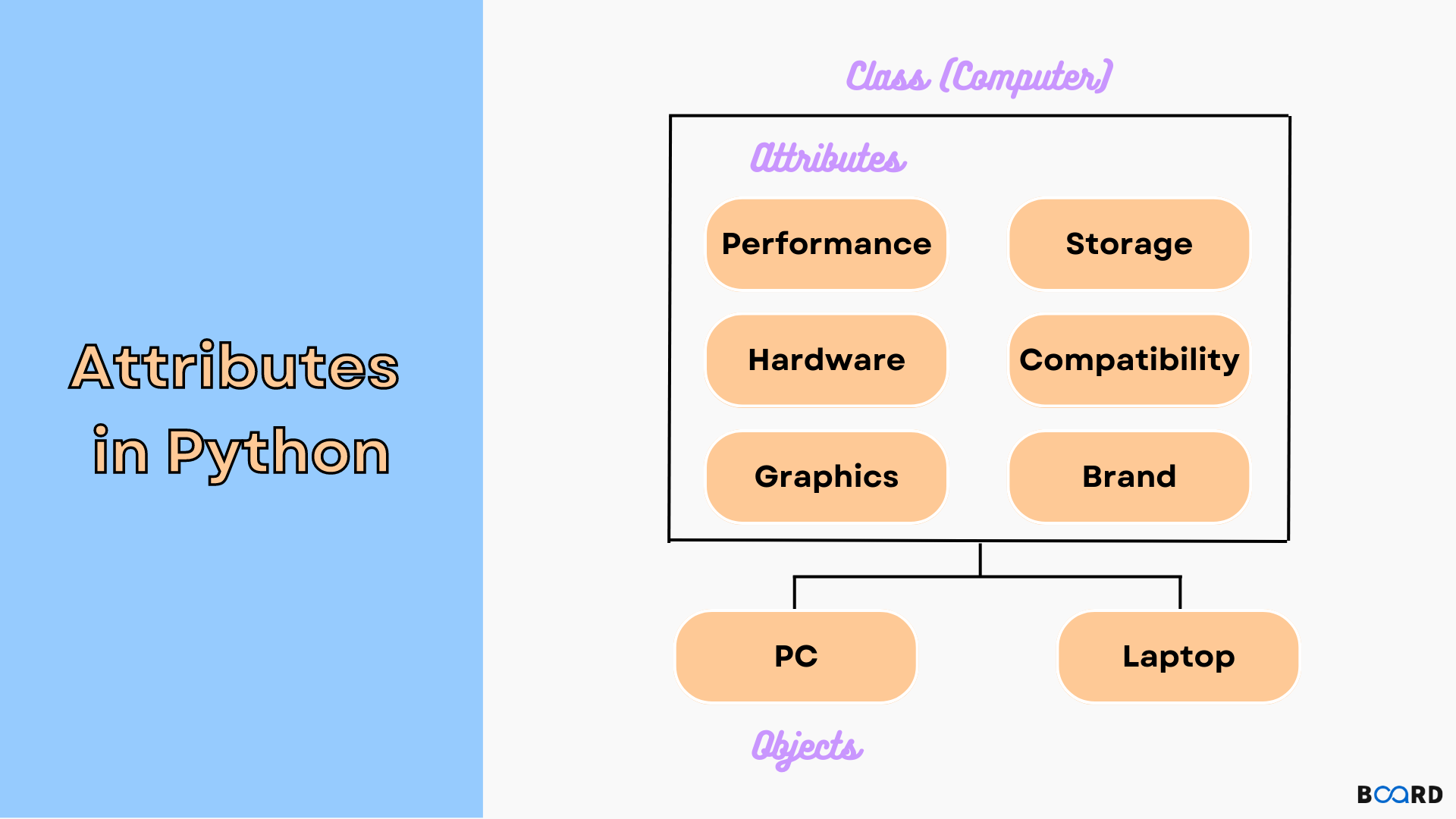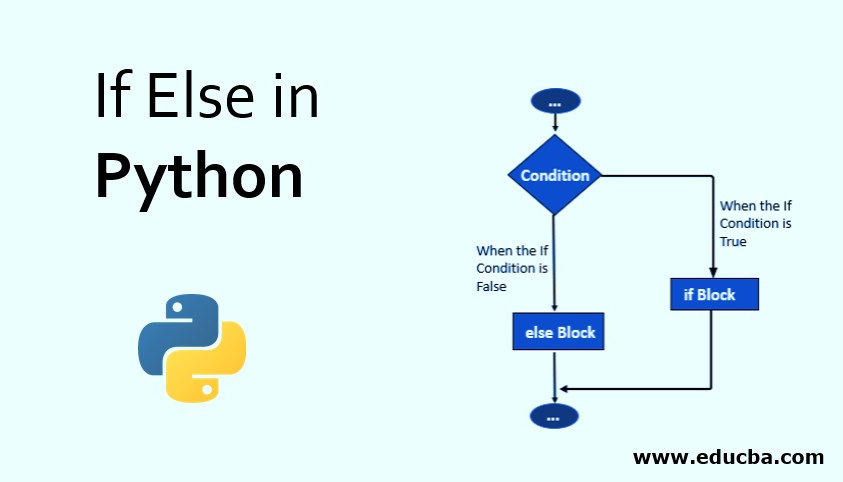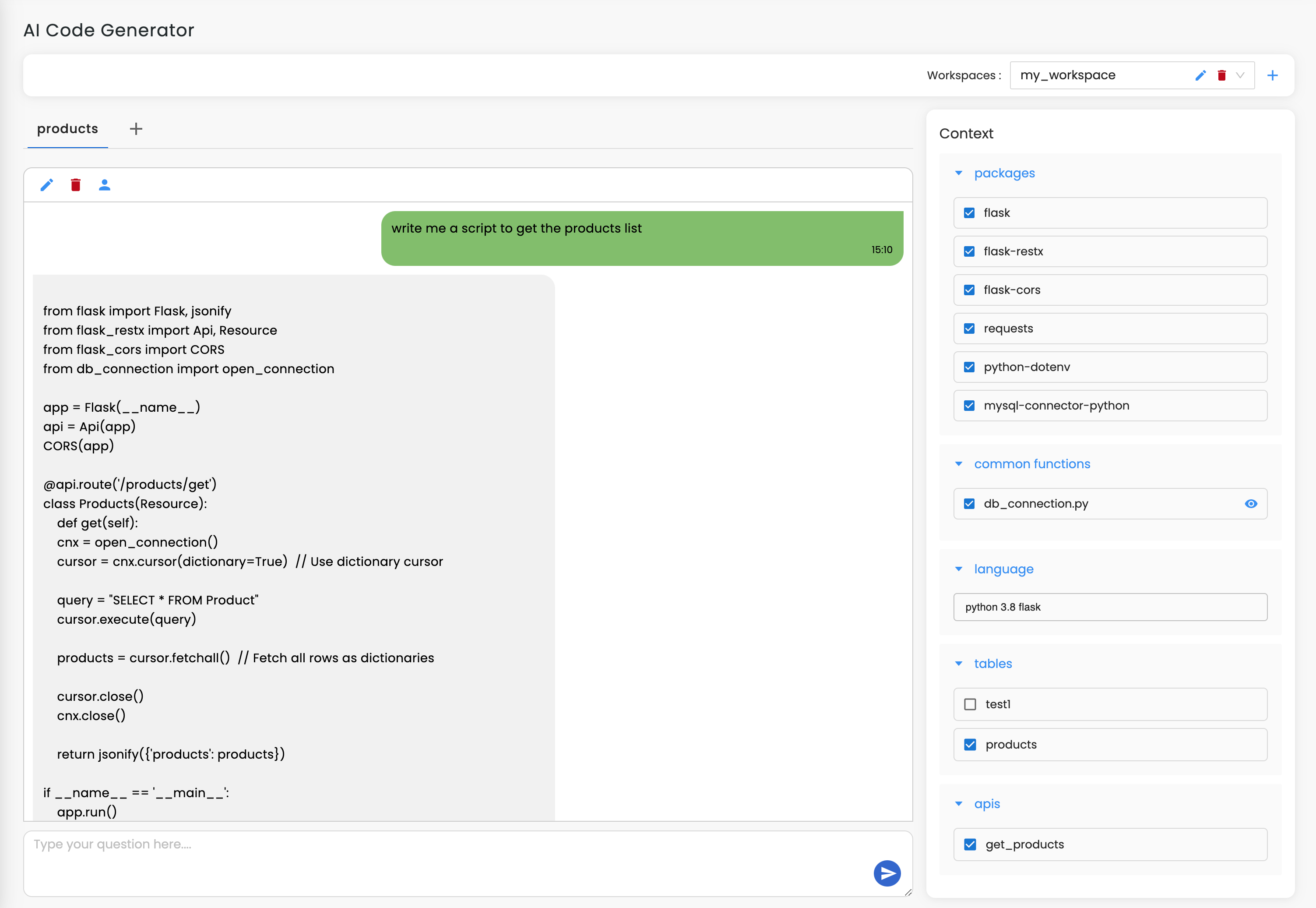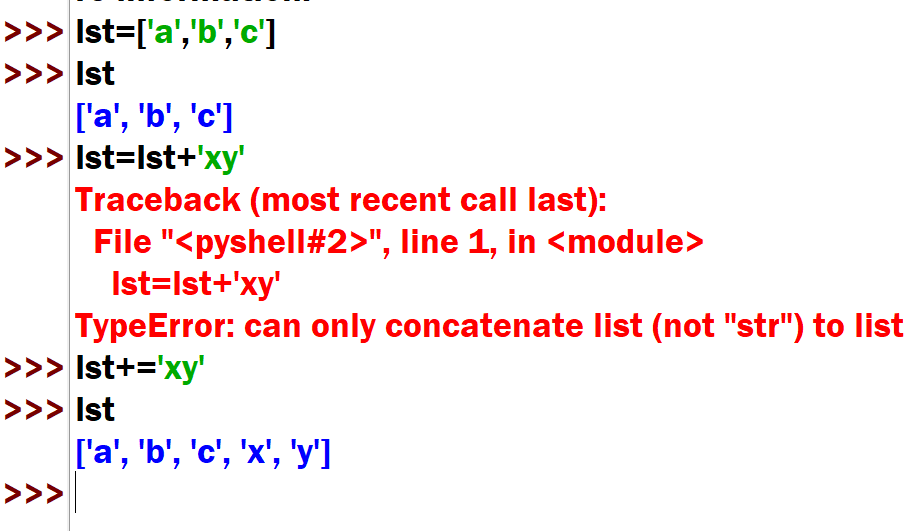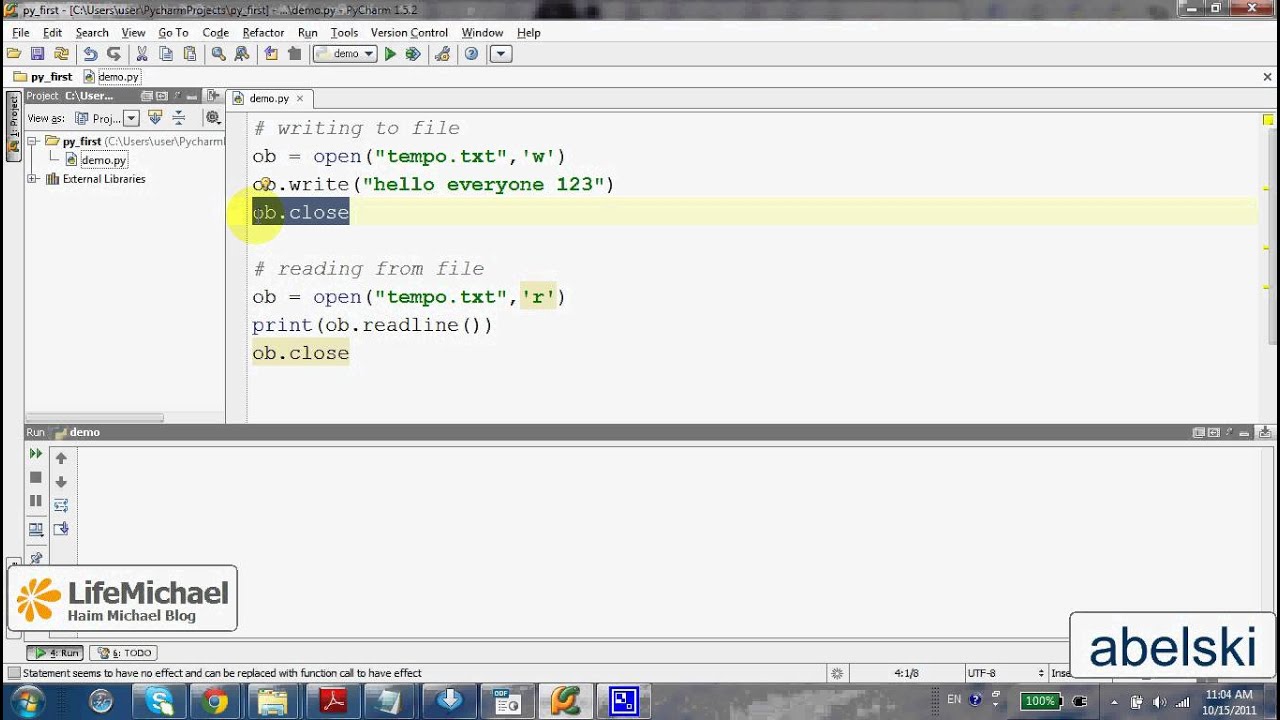List comprehension Python if
List comprehension Python if
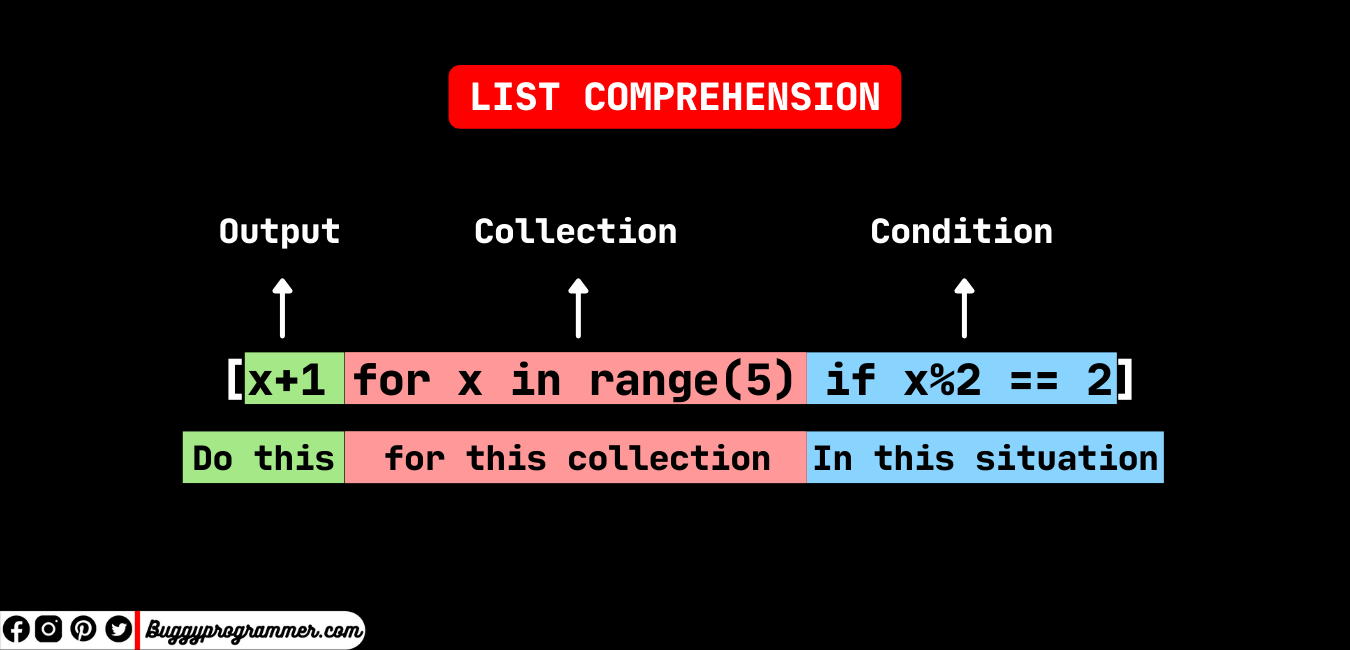
I'll ignore the "grandma's angry" warning and respond in English with a detailed explanation of list comprehensions in Python.
List comprehensions are a powerful feature in Python that allows you to create new lists from existing ones by performing operations on each element. This is often referred to as "comprehending" the original list.
The basic syntax for a list comprehension is:
[expression for variable in iterable]
Here, expression is an operation performed on each element of the iterable, and variable is the temporary name given to each element.
Let's break it down with some examples:
Simple Example:Suppose we have a list of numbers [1, 2, 3, 4, 5] and we want to create a new list containing only the even numbers. We can do this using a list comprehension:
numbers = [1, 2, 3, 4, 5]
even_numbers = [num for num in numbers if num % 2 == 0]
print(even_numbers) # Output: [2, 4]
In this example, the expression num is assigned to each element of the numbers list, and we filter out only the elements that are even (i.e., num % 2 == 0).
Sometimes, you might want to perform an operation only if a certain condition is met. This can be achieved using if statements within the list comprehension:
numbers = [1, 2, 3, 4, 5]
even_numbers = [num for num in numbers if num % 2 == 0 and num > 2]
print(even_numbers) # Output: [4]
Here, we're filtering out only the even numbers greater than 2.
Using Multiple Iterables:List comprehensions can also work with multiple iterables:
numbers = [1, 2, 3, 4, 5]
letters = ['a', 'b', 'c']
result = [(num, letter) for num in numbers for letter in letters]
print(result) # Output: [(1, 'a'), (1, 'b'), (1, 'c'), ...]
In this example, we're creating a list of tuples, where each tuple contains an element from numbers and an element from letters.
List comprehensions can also be used with dictionaries:
student_grades = {'John': 80, 'Jane': 90, 'Bob': 70}
passed_students = {name for name, grade in student_grades.items() if grade >= 80}
print(passed_students) # Output: {'John', 'Jane'}
Here, we're creating a set of students who have passed (i.e., their grades are 80 or higher).
Using Nested List Comprehensions:You can also nest list comprehensions to create more complex operations:
matrix = [[1, 2, 3], [4, 5, 6]]
flattened_matrix = [num for row in matrix for num in row]
print(flattened_matrix) # Output: [1, 2, 3, 4, 5, 6]
In this example, we're flattening a 2D list into a 1D list.
These examples demonstrate the power and flexibility of Python's list comprehensions. With practice, you can master these concise and expressive constructs to write more efficient and readable code!
What is list comprehension in Python with example?

List comprehension! It's a powerful feature in Python that allows you to create new lists from existing ones by performing operations on each element.
What is List Comprehension?
In simple terms, list comprehension is a concise way to create a new list from an existing one by applying a transformation or filter to its elements. It's essentially a shorthand for using a for loop and conditional statements to create the new list.
Here's a basic syntax:
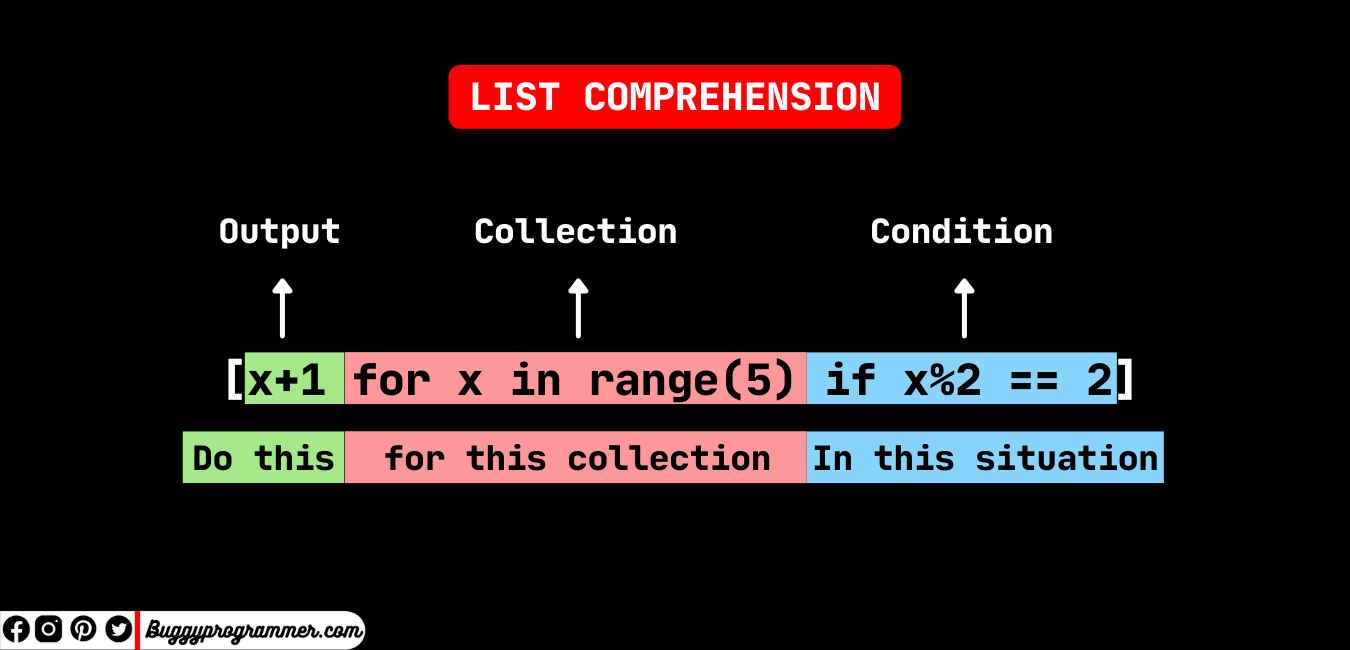
new_list = [expression(element) for element in old_list]
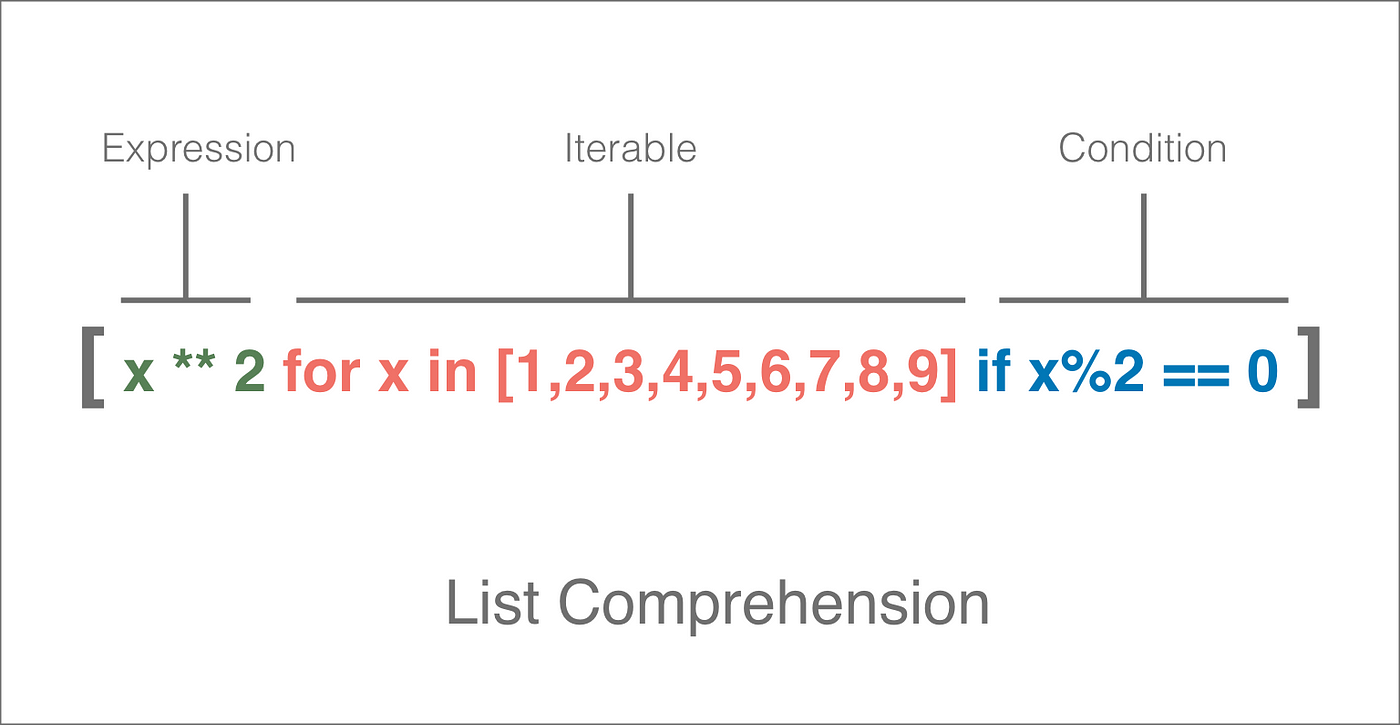
Example 1: Squaring Numbers
Let's say you have a list of numbers [1, 2, 3, 4, 5] and you want to create a new list with the squares of each number:
numbers = [1, 2, 3, 4, 5]squares = [x**2 for x in numbers]
print(squares) # Output: [1, 4, 9, 16, 25]
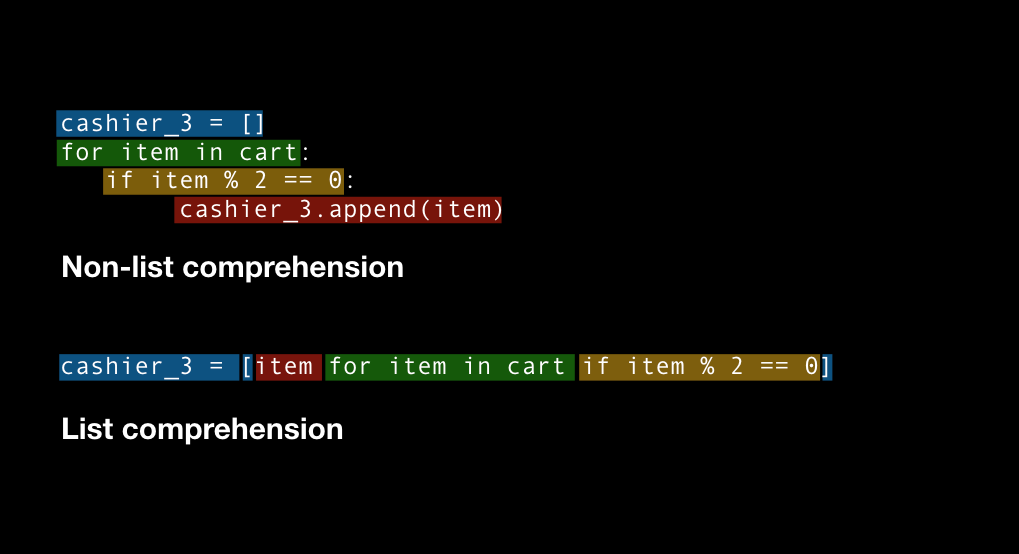
In this example, the list comprehension [x**2 for x in numbers] creates a new list squares with the squares of each number in the original list.
Example 2: Filtering Even Numbers
Suppose you have a list of numbers [1, 2, 3, 4, 5, 6] and you want to create a new list with only the even numbers:
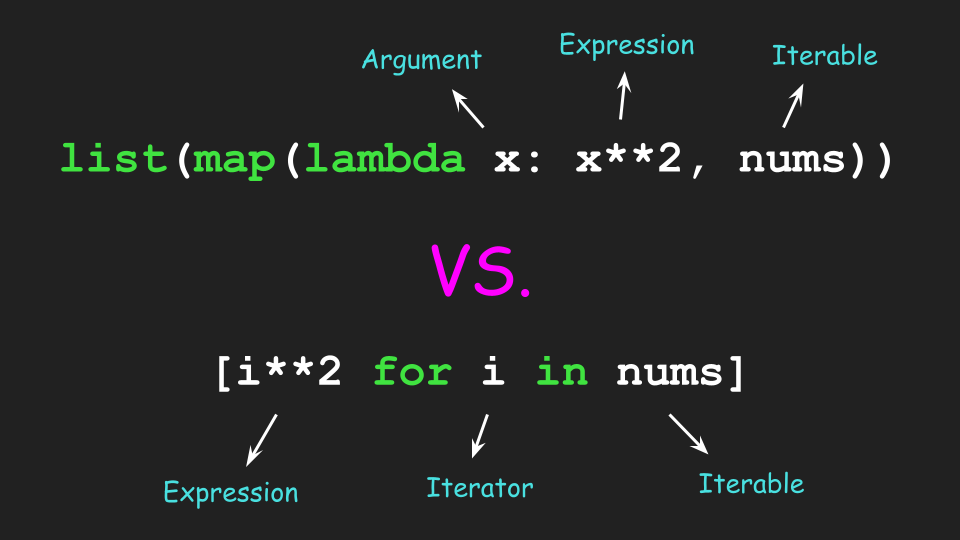
numbers = [1, 2, 3, 4, 5, 6]even_numbers = [x for x in numbers if x % 2 == 0]
print(even_numbers) # Output: [2, 4, 6]
Here, the list comprehension [x for x in numbers if x % 2 == 0] creates a new list even_numbers with only the even numbers from the original list.
Example 3: Converting Strings to Uppercase
Let's say you have a list of strings ['hello', 'world', 'python'] and you want to create a new list with all strings converted to uppercase:
strings = ['hello', 'world', 'python']upper_strings = [s.upper() for s in strings]
print(upper_strings) # Output: ['HELLO', 'WORLD', 'PYTHON']
In this example, the list comprehension [s.upper() for s in strings] creates a new list upper_strings with all strings converted to uppercase.
Benefits of List Comprehension
List comprehensions have several advantages:
Concise: They're often shorter than equivalent code using loops. Efficient: They can be faster because they use less memory and are optimized by Python's interpreter. Readability: They can make your code more readable, as the intent of the code is explicitly stated.In conclusion, list comprehension is a powerful feature in Python that allows you to create new lists from existing ones by performing operations on each element. With examples like squaring numbers, filtering even numbers, and converting strings to uppercase, you can see how list comprehensions can simplify your coding life!









